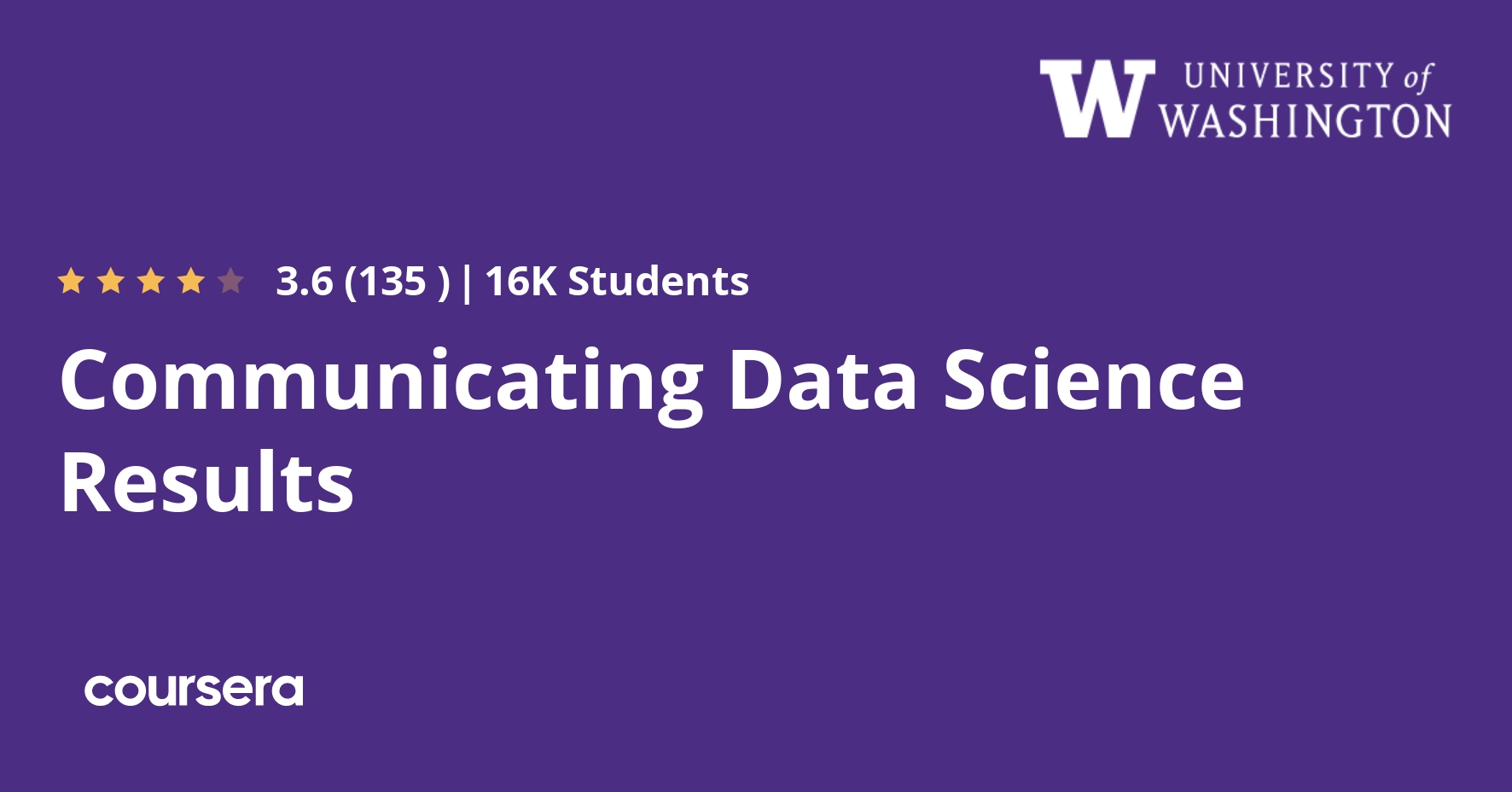Description
Important note: The second assignment in this course covers the topic of Graph Analysis in the Cloud, in which you will use Elastic MapReduce and the Pig language to perform graph analysis over a moderately large dataset, about 600GB. In order to complete this assignment, you will need to make use of Amazon Web Services (AWS). Amazon has generously offered to provide up to $50 in free AWS credit to each learner in this course to allow you to complete the assignment. Further details regarding the process of receiving this credit are available in the welcome message for the course, as well as in the assignment itself. Please note that Amazon, University of Washington, and Coursera cannot reimburse you for any charges if you exhaust your credit.
While we believe that this assignment contributes an excellent learning experience in this course, we understand that some learners may be unable or unwilling to use AWS. We are unable to issue Course Certificates for learners who do not complete the assignment that requires use of AWS. As such, you should not pay for a Course Certificate in Communicating Data Results if you are unable or unwilling to use AWS, as you will not be able to successfully complete the course without doing so.
Making predictions is not enough! Effective data scientists know how to explain and interpret their results, and communicate findings accurately to stakeholders to inform business decisions. Visualization is the field of research in computer science that studies effective communication of quantitative results by linking perception, cognition, and algorithms to exploit the enormous bandwidth of the human visual cortex. In this course you will learn to recognize, design, and use effective visualizations.
Just because you can make a prediction and convince others to act on it doesn’t mean you should. In this course you will explore the ethical considerations around big data and how these considerations are beginning to influence policy and practice. You will learn the foundational limitations of using technology to protect privacy and the codes of conduct emerging to guide the behavior of data scientists. You will also learn the importance of reproducibility in data science and how the commercial cloud can help support reproducible research even for experiments involving massive datasets, complex computational infrastructures, or both.
Learning Goals: After completing this course, you will be able to:
1. Design and critique visualizations
2. Explain the state-of-the-art in privacy, ethics, governance around big data and data science
3. Use cloud computing to analyze large datasets in a reproducible way.






